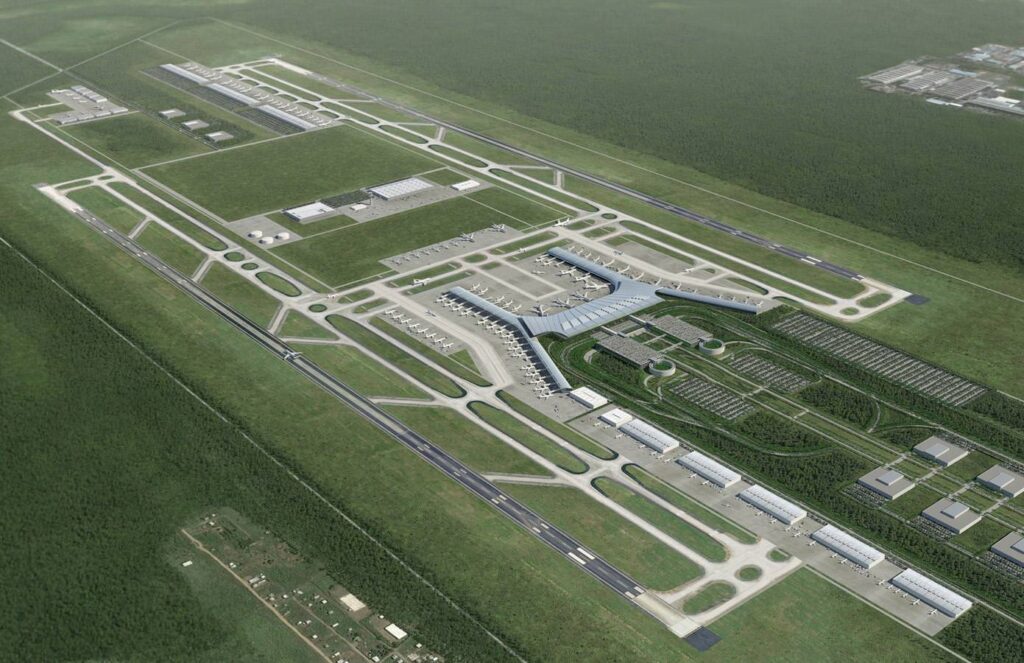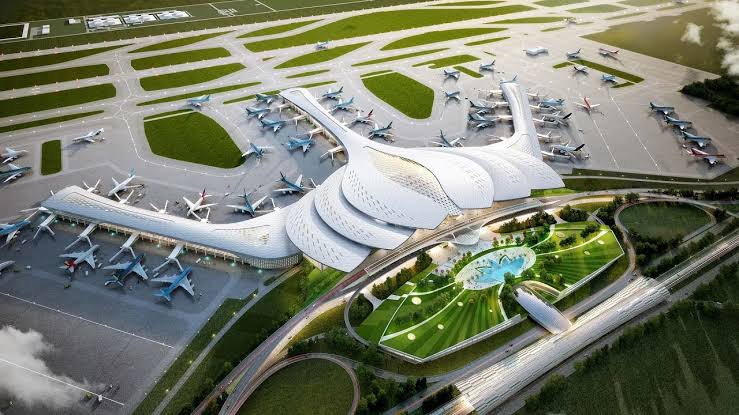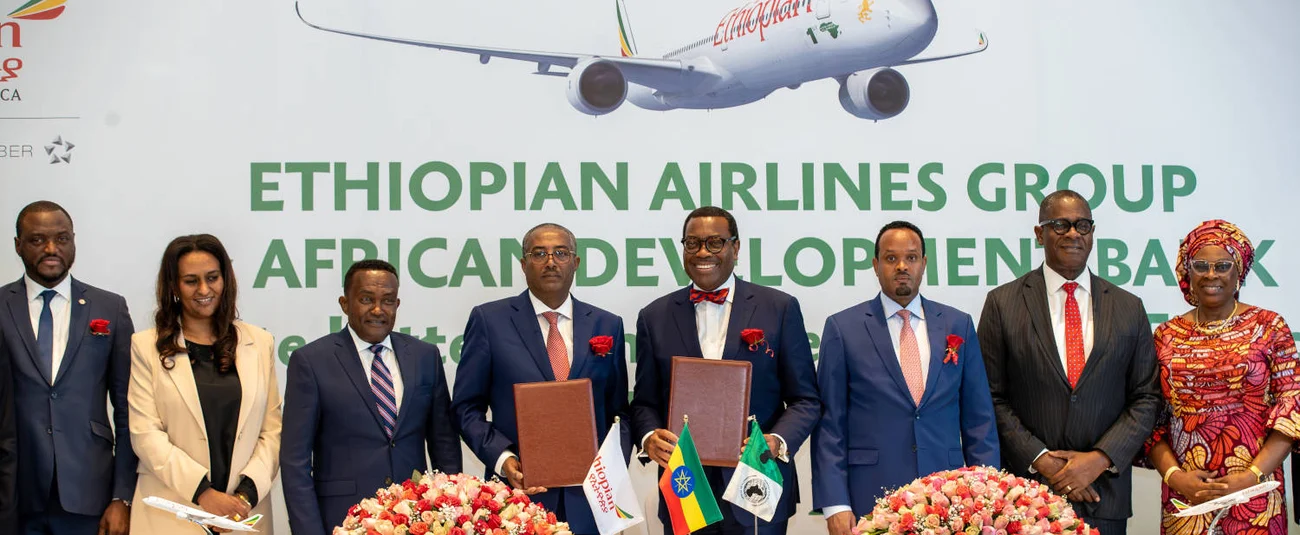At a Glance
- Bishoftu International Airport aims to handle 100 million passengers annually after full completion.
- US support highlights Ethiopia’s aviation growth and counterbalances China’s Belt and Road influence.
- African Development Bank commits $500 million, boosting investor confidence in Ethiopia’s economy.
The United States has pledged support for the construction of Bishoftu International Airport, a $10 billion project set to become Africa’s largest aviation hub. Located about 25 miles southeast of Addis Ababa, the new airport will span 35 square kilometers and be built in phases.
The first stage includes a 1.1 million-square-meter terminal with the capacity to serve 60 million passengers annually. A second phase will lift that figure to 100 million.
The design also features more than 100,000 square meters of cargo facilities capable of handling up to 3.7 million metric tons a year — a sharp increase from Addis Ababa’s Bole International Airport, which processes about 19 million passengers today.

Washington’s widening interest in the Horn of Africa
At a Sept. 29 press briefing in New York, Massad Boulos, senior adviser for Africa to the US president, confirmed Washington’s backing after a state visit to Ethiopia. He called Bishoftu “probably the biggest airport in Africa and one of the biggest in the world.”
Boulos said the US International Development Finance Corporation and other American institutions are involved, linking the project to Washington’s broader effort to deepen commercial ties in Sub-Saharan Africa. He pointed to Boeing’s decades-long relationship with Ethiopian Airlines as an example of how US companies have already built stakes in the region.

Balancing China’s growing footprint
The commitment also signals Washington’s intent to reinforce its role in the Horn of Africa — a region that anchors key trade and security routes — while countering Beijing’s extensive spending under its Belt and Road Initiative.
For Ethiopia, home to Africa’s largest airline, Bishoftu is designed to secure its place among global aviation hubs and compete with airports in the Middle East and North Africa. It is also seen as a show of confidence in Ethiopia’s stability, giving international investors a reason to look again at the country’s economy.
Financing takes shape
In August, Ethiopian Airlines and the African Development Bank signed an agreement to raise as much as $8 billion for the airport. The AfDB itself pledged $500 million, subject to board approval.
AfDB President Akinwumi Adesina said the project would “boost the continent’s role in global aviation,” while Ethiopian Airlines CEO Mesfin Tasew called the financing a “critical step” toward creating a truly pan-African hub.
Completion expected by 2029
Site clearance is due to begin in 2025, with full-scale construction starting in 2027. The airport is slated for completion in 2029, when international flights will shift from Bole International Airport, leaving it mainly for domestic services.
Plans for Bishoftu extend beyond runways. The government and airline intend to develop an “airport city” with shopping malls, leisure centers, and new road and rail links to Addis Ababa — aiming to turn the project into a gateway not just for travelers but for trade and investment.





